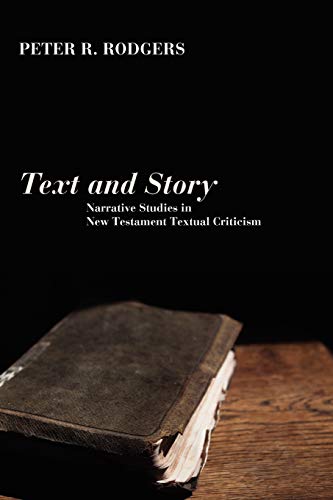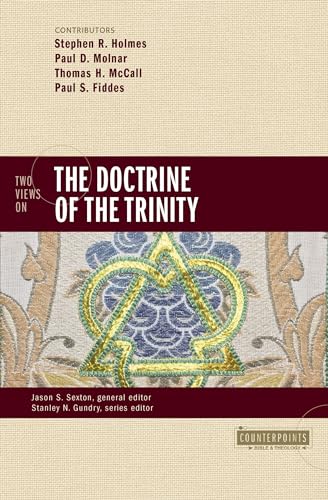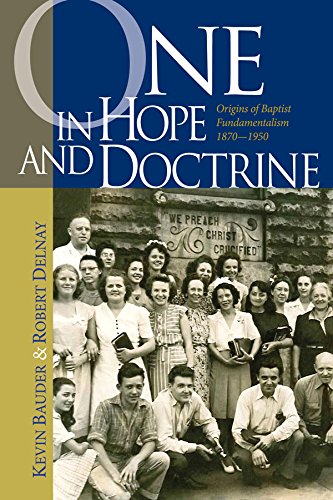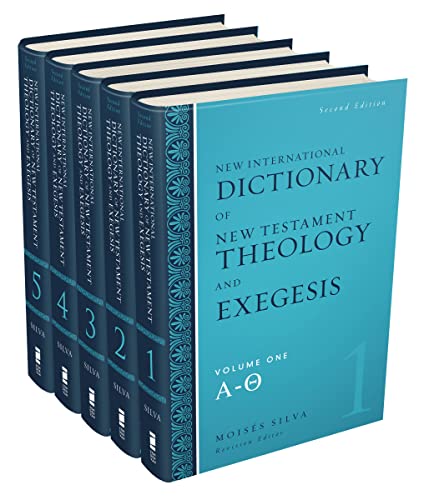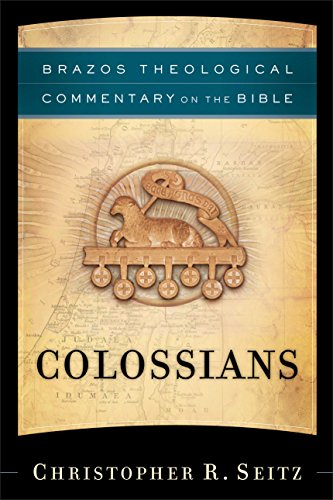Text and Story: Narrative Studies in New Testament Textual Criticism
Written by Peter R. Rodgers Reviewed By Peter J. GurryPeter Rodgers is pastor of St. Andrew’s Episcopal Church and Adjunct Professor of New Testament at Fuller Theological Seminary’s Sacramento campus, and his publications over the years have focused especially on NT textual criticism (“text”) and the use of the OT in the NT (“story”). In this slim volume, Rodgers brings the two together by considering ten textual variations that involve citations, echoes, or allusions to the OT. The hope is that “the study of the story may give new perspectives for decisions on the text, and that a new confidence regarding the text my [sic] lead to a better understanding of the story” (p. 5, emphasis original).
The introduction offers brief remarks on developments in both fields. He notes the growing interest among textual critics for finding theologically motivated variants, but as about half his examples show, he finds that accidental causes often provide better explanations. With regard to the use of the OT he follows the work of scholars like Richard Hays who argue that the NT writers often appeal to large narrative structures in their use of the OT rather than atomistic “proof texts.”
The ten chapters that follow the introduction generally contain five sections: (1) manuscript support, (2) transcriptional probabilities, (3) internal evidence, (4) narrative features, and (5) the text’s transmission history. The first three sections (sometimes disappointingly short) attempt to show that the normal external and internal evidence for each variant is divided. This sets up section four to provide the decisive evidence for the preferred reading. The last section offers a short explanation of how the original reading was corrupted.
Each chapter considers a different variation, each one involving an OT allusion, citation, or echo. Some of the variations are longstanding textual conundrums (e.g., Heb 2:9; Luke 22:43–44) while others are less familiar (e.g., Phil 4:7; Mark 15:34). In all, Rodgers disagrees with the NA27/UBS4 in eight of the ten variations (contra p. 101, the editors do not consider Luke 22:43–44 original, hence the double brackets) and this naturally makes the book more interesting, especially for exegetes. A summary of a few of these will give a taste for the main chapters.
At Rom 8:28, Rodgers argues for the explicit subject “God works all things together” rather than “all things work together” based on a perceived echo of Gen 50:20 where “God intended for good” what Joseph’s brothers intended for evil. At Luke 3:22 the majority reading “you are my beloved Son, in you I am well-pleased” is preferred as a “composite echo” (p. 28) of Ps 2:7, Isa 42:1, and Gen 22:2, 12, 16 instead of the weakly-attested “you are my Son, today I have begotten you,” which offers a straightforward (and easily harmonized) quotation of Ps 2:7. At Mark 15:34, he argues that the cry from the cross should read “My God, my God, why have you reproached me?” as another composite echo, this one of Ps 22:1 and the various references to “reproach” in Ps 69. This reading also fits with the other reproaches in Mark’s passion narrative. In Phil 4:7, it is Isa 26 with its mention of resurrection (v. 19) that provides the “story” behind the preferred reading “the peace of God . . . will keep your hearts and minds and your bodies.” These last two readings are preferred despite solitary Greek manuscript support (Codex Bezae and P16vid, respectively). Clearly, Rodgers does not feel bound to follow the “oldest and best witnesses” (p. 101).
The concluding chapter offers some implications for textual criticism, exegesis, and theology. With the first, Rodgers suggests that, overall, less deference should be given to the shorter, more difficult, or un-harmonized reading in text-critical decisions. For exegesis and theology, the individual studies serve as a reminder that these disciplines “cannot and should not” be separated from textual criticism (p. 105). A one-page appendix, bibliography, and name and Scripture indices round out the volume.
A few minor problems attend the book. The number of catalogued Greek manuscripts is 5,607 at the time of writing not 5,800 as suggested on p. 1 (see http://ntvmr.uni-muenster.de/liste). “Original text” should not be identified with the “initial text” (p. 1) and the quest for the former deserves some defense in light of the later citation from David Parker that such a thing does not even exist (p. 8). A half-dozen or so typos were found but, like so many textual variants, none impedes the author’s meaning.
A more significant problem is that the author’s method of using the OT “story” to determine otherwise “balanced” textual decisions risks begging the question. The more the OT “story” is based on the very reading it is meant to illuminate, the more circular the argument becomes. In Luke 3:22, for example, a three-part echo of the Law, the Writings, and the Prophets may evoke more of the OT “story” than a single quotation of Ps 2:7, but this in itself tells us nothing about which reading is original. The book would have benefited from greater reflection on how the appeal to OT “story” can avoid this circularity.
Despite these concerns, the book should still be welcomed for what it aims to be: an illustration for students that textual criticism is not dry and musty work best left for someone else. Instead, it can help attune our ears to hear exegetical and theological insights we might otherwise miss.
Peter J. Gurry
Peter J. Gurry
Fitzwilliam College, University of Cambridge
Cambridge, UK
Other Articles in this Issue
The account of Abraham's near-sacrifice of Isaac has been and will likely continue to be violently applied so long as the dominant misunderstanding of the text prevails...
In recent years, a growing cadre of younger historians has begun publishing significant books on the history of American evangelicalism...
Romans 4 remains a central text in the debate over the New Perspective on Paul...
Within the intra-Reformed debate over baptism, covenant theology is a crucial aspect in determining one's position...
‘Fathers of Faith, My Fathers Now!’: On Abraham, Covenant, and the Theology of Paedobaptism
by David GibsonThe figure of Abraham creates a covenantal framework for biblical theology that allows baptism to be considered in relation to the Bible's developing story line...


